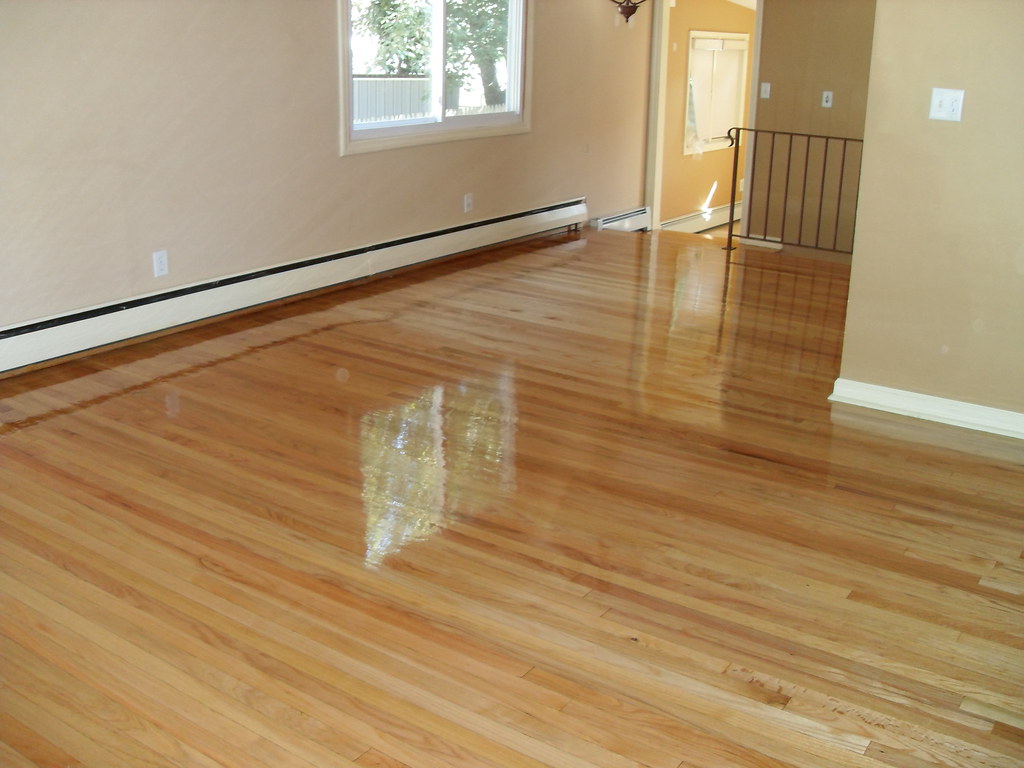Given their timeless beauty hardwood floors are deemed to be very much highly valued. With that being said, due to various reasons hardwood floors can eventually become dull, scraped, and worn. These may include reasons and issues such as foot activity, furniture movement, as well as the ordinary wear and tear.
Thankfully, dull and worn hardwood floors may be given new life with the appropriate refinishing processes and proper floor cleaning Los Angeles, bringing back their former brilliance and charm. In this blog post today, we are going to go over the procedures and methods for refinishing hardwood floors. This can result in you getting beautiful results and get more use out of your flooring investment. So let’s not wait any longer and jump right into it!
Assessment and Preparation:
Before diving into the refinishing process, it’s essential to assess the condition of your hardwood floors and prepare the space accordingly. Begin by thoroughly cleaning the floors to remove dirt, dust, and debris. Inspect the floors for scratches, gouges, and other imperfections that may require repair. If the floors have a wax finish, strip the wax using a commercial wax remover. Finally, ensure the room is well-ventilated and remove all furniture and rugs from the space.
Sanding:
Sanding is a crucial step in refinishing hardwood floors, as it removes the old finish and evens out the surface of the wood. Start by sanding the floors with a coarse-grit sandpaper (usually around 36 or 40 grit) using a floor sander. Work in the direction of the wood grain, overlapping each pass slightly to ensure even coverage. Once the old finish is removed and the wood is smooth, switch to a finer-grit sandpaper (such as 80 or 100 grit) to further refine the surface.
Repairing Imperfections:
After sanding, inspect the floors for any remaining scratches, gouges, or other imperfections. Use wood filler to fill in any deep scratches or gouges, following the manufacturer’s instructions for application and drying time. Once the filler is dry, sand the repaired areas lightly to blend them with the surrounding wood.
Staining (Optional):
If you wish to change the color of your hardwood floors or enhance their natural hue, staining is an option. Choose a high-quality wood stain in the desired color and apply it evenly to the floors using a brush or applicator pad. Work in small sections, following the direction of the wood grain, and wipe away any excess stain with a clean cloth. Allow the stain to dry completely before proceeding.
Applying Finish:
Once the floors are sanded, repaired, and stained (if desired), it’s time to apply the finish. There are several options for hardwood floor finishes, including oil-based polyurethane, water-based polyurethane, and penetrating sealers. Choose a finish that suits your preferences and lifestyle, taking into account factors such as durability, ease of application, and drying time.
To apply the finish, start in a corner of the room and work your way toward the exit, ensuring you have a clear path to avoid stepping on wet finish. Use a brush or applicator pad to apply the finish evenly to the floors, working in the direction of the wood grain. Allow the first coat to dry according to the manufacturer’s instructions, then lightly sand the floors with a fine-grit sandpaper (such as 220 grit) to smooth out any imperfections.
Repeat the process for additional coats of finish, sanding between coats as needed to achieve a smooth and even surface. Once the final coat is applied and dried, allow the floors to cure for the recommended time before replacing furniture and rugs.
Maintenance and Care:
To prolong the life of your newly refinished hardwood floors, it’s essential to practice regular maintenance and care. Use furniture pads or felt protectors on the legs of furniture to prevent scratches and dents. Place rugs or mats in high-traffic areas to minimize wear and tear. Clean the floors regularly with a damp mop or hardwood floor cleaner, avoiding excessive moisture. Additionally, consider applying a fresh coat of finish every few years to maintain the floors’ appearance and protection.
Final Thoughts:
There is no denying the fact that refinishing dull, worn-out hardwood flooring is a satisfying project. This is something that may revitalize your house and increase its appeal and resale value. You can accomplish amazing results and take pleasure in the classic elegance of refinished hardwood floors for many years to come simply by using the methods and tips we have described in this blog post.
Refinishing hardwood floors is no doubt a very good investment that can revive your space and create a cozy and welcoming ambiance for you, your family as well as your guests. You can do it through anything you prefer. Either by yourself or by hiring a professional.


